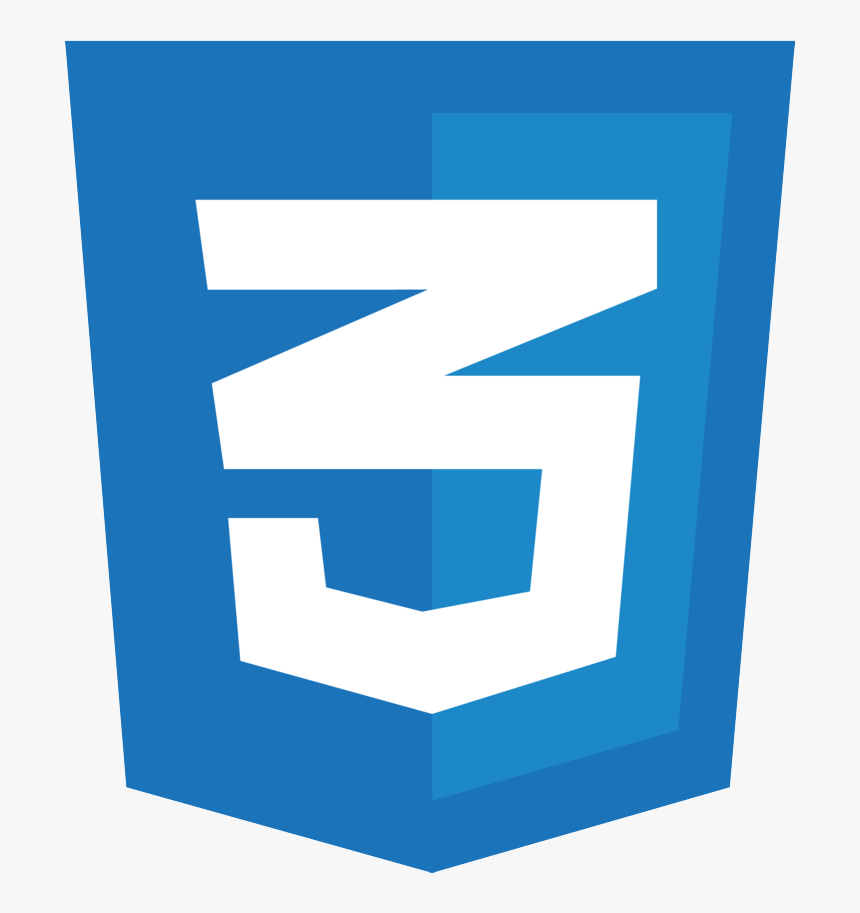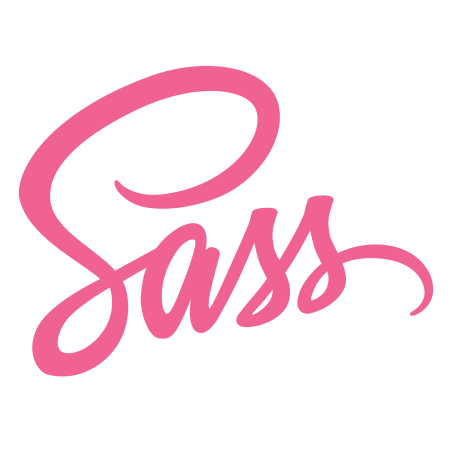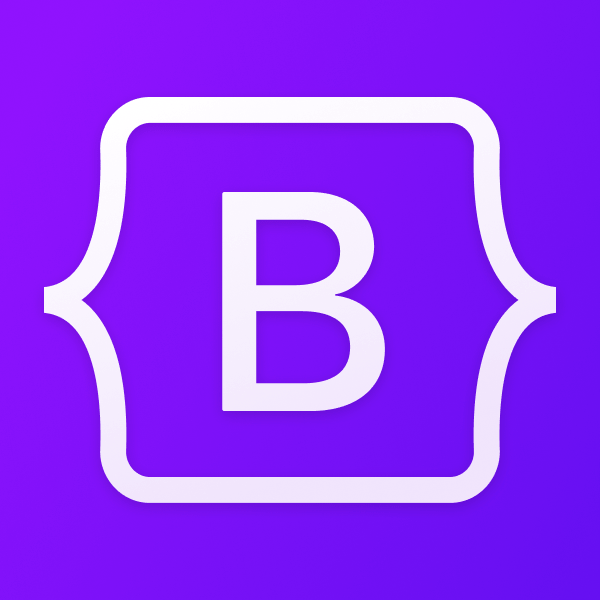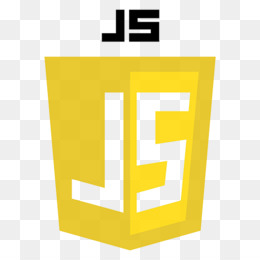HTML 5

HTML5 is a markup language used for structuring and presenting content on the World Wide Web. It is the fifth and last[3] major HTML version that is a World Wide Web Consortium (W3C) recommendation. The current specification is known as the HTML Living Standard. It is maintained by the Web Hypertext Application Technology Working Group (WHATWG), a consortium of the major browser vendors (Apple, Google, Mozilla, and Microsoft).
HTML5 was first released in a public-facing form on 22 January 2008,[2] with a major update and "W3C Recommendation" status in October 2014.[4][5] Its goals were to improve the language with support for the latest multimedia and other new features; to keep the language both easily readable by humans and consistently understood by computers and devices such as web browsers, parsers, etc., without XHTML's rigidity; and to remain backward-compatible with older software. HTML5 is intended to subsume not only HTML 4 but also XHTML 1 and DOM Level 2 HTML.
Learn moreCSS 3

CSS is designed to enable the separation of presentation and content, including layout, colors, and fonts.[3] This separation can improve content accessibility, provide more flexibility and control in the specification of presentation characteristics, enable multiple web pages to share formatting by specifying the relevant CSS in a separate .css file which reduces complexity and repetition in the structural content as well as enabling the .css file to be cached to improve the page load speed between the pages that share the file and its formatting.
Separation of formatting and content also makes it feasible to present the same markup page in different styles for different rendering methods, such as on-screen, in print, by voice (via speech-based browser or screen reader), and on Braille-based tactile devices. CSS also has rules for alternate formatting if the content is accessed on a mobile device
Learn moreSASS

Sass consists of two syntaxes. The original syntax, called "the indented syntax," uses a syntax similar to Haml.[2] It uses indentation to separate code blocks and newline characters to separate rules. The newer syntax, "SCSS" (Sassy CSS), uses block formatting like that of CSS. It uses braces to denote code blocks and semicolons to separate rules within a block. The indented syntax and SCSS files are traditionally given the extensions .sass and .scss, respectively.
CSS3 consists of a series of selectors and pseudo-selectors that group rules that apply to them. Sass (in the larger context of both syntaxes) extends CSS by providing several mechanisms available in more traditional programming languages, particularly object-oriented languages, but that are not available to CSS3 itself. When SassScript is interpreted, it creates blocks of CSS rules for various selectors as defined by the Sass file. The Sass interpreter translates SassScript into CSS. Alternatively, Sass can monitor the .sass or .scss file and translate it to an output .css file whenever the .sass or .scss file is saved.
Learn moreBootstrap 5

Bootstrap is a free and open-source CSS framework directed at responsive, mobile-first front-end web development. It contains CSS- and (optionally) JavaScript-based design templates for typography, forms, buttons, navigation, and other interface components. As of April 2021, Bootstrap is the tenth most starred project on GitHub, with more than 150,000 stars, behind freeCodeCamp (almost 312,000 stars), Vue.js framework, React library, TensorFlow and others.
Learn moreJavascript

JavaScript (/ˈdʒɑːvəˌskrɪpt/),[8] often abbreviated as JS, is a programming language that conforms to the ECMAScript specification.[9] JavaScript is high-level, often just-in-time compiled, and multi-paradigm. It has curly-bracket syntax, dynamic typing, prototype-based object-orientation, and first-class functions.
Alongside HTML and CSS, JavaScript is one of the core technologies of the World Wide Web.[10] Over 97% of websites use it client-side for web page behavior,[11] often incorporating third-party libraries.[12] All major web browsers have a dedicated JavaScript engine to execute the code on the user's device.
Learn moreReactjs

React (also known as React.js or ReactJS) is a free and open-source front-end JavaScript library[3] for building user interfaces or UI components. It is maintained by Facebook and a community of individual developers and companies.[4][5][6] React can be used as a base in the development of single-page or mobile applications. However, React is only concerned with state management and rendering that state to the DOM, so creating React applications usually requires the use of additional libraries for routing, as well as certain client-side functionality.
Learn more